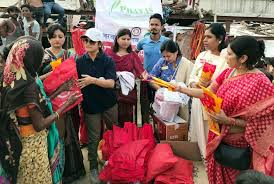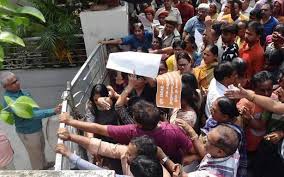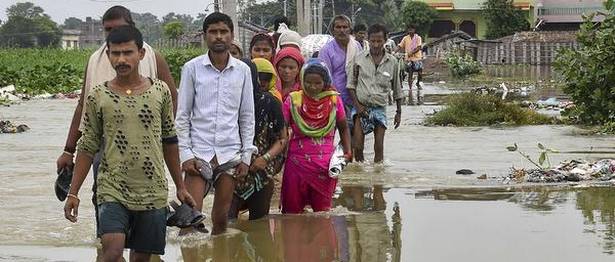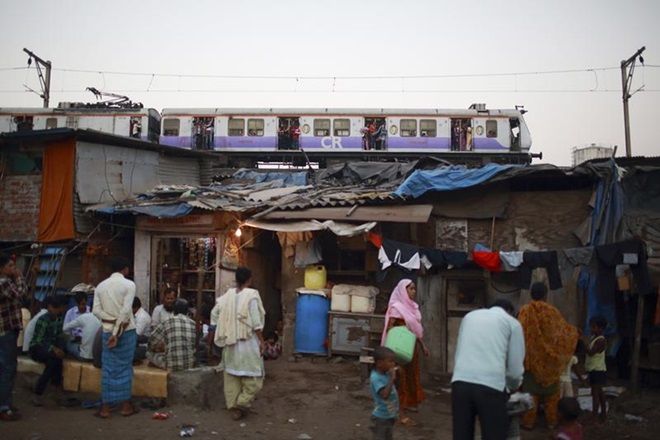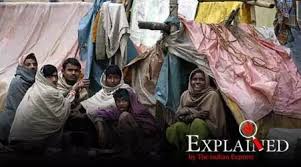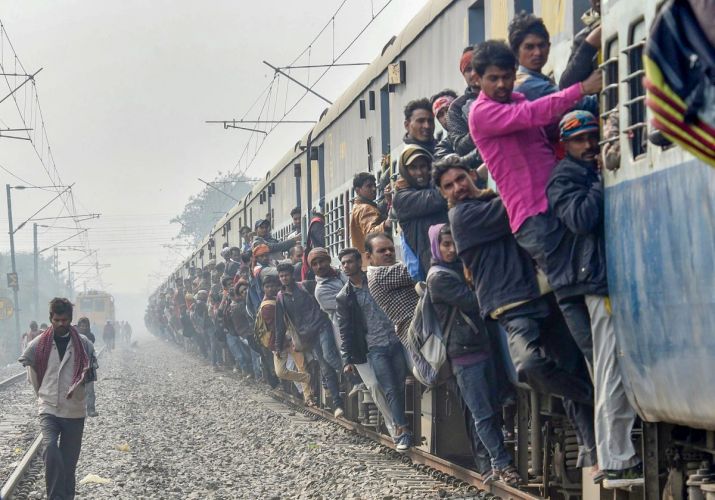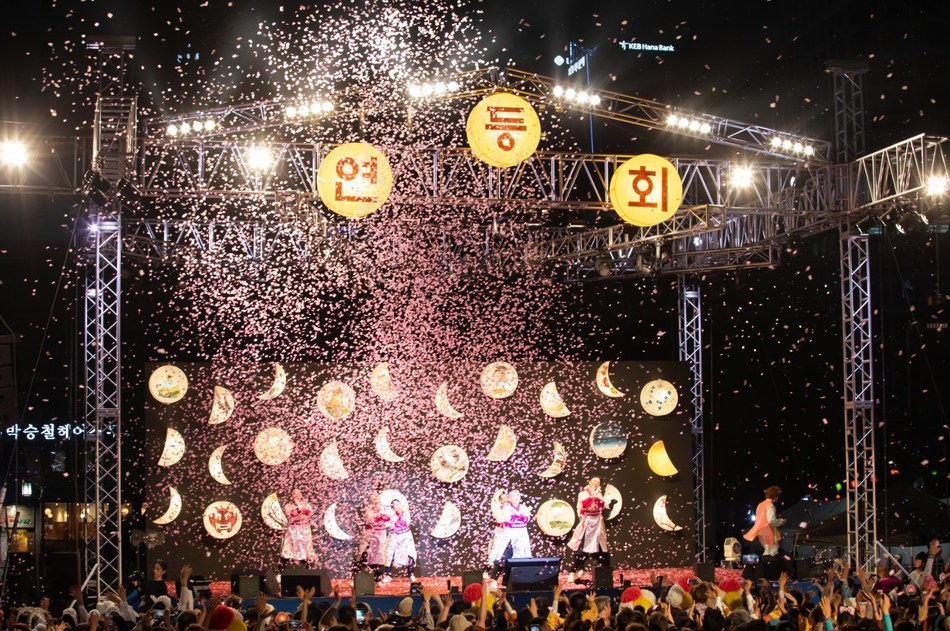Source: avenuemail.in
Jamshedpur: Social organization, ‘Prayaas Ek Kadam’ and Inner Wheel Club of Patna joined hands to collect relief items like flattened rice, jagery, dry grocery items, utensils, old and new clothes, warm clothes, blankets, sanitary pads, bleaching powder, chlorine and other vital necessities for distribution among the flood affected people of Patna especially in the slum areas of Gandhinagar, Haj Bhawan, Kaushalnagar and others.
In a please release issued on Wednesday, October 9, ‘Prayaas Ek Kadam’ founder Renu Sharma and president Puja Agrawal stated that even today the flood affected were going through harrowing times. They mentioned that the organization’s team of relief workers would continue to remain in Patna for some more time in distributing relief materials to the affected people. They mentioned that with the help and cooperation of other social organizations that already three lots of relief material have been sent to Patna by road. The Inner Wheel Club of Patna is providing full support to the team of ‘Prayaas Ek Kadam’ in the distribution of the relief material sent from Jamshedpur.
The organization’s relief team working in the Patna flood affected areas include, besides Renu Sharma and Puja Agrawal Manju, Vinita, Ranvir, Shubham, Abhishek, Ramesh, Ravi and others who are working selflessly for the alleviation of misery of the flood affected people of Patna.
